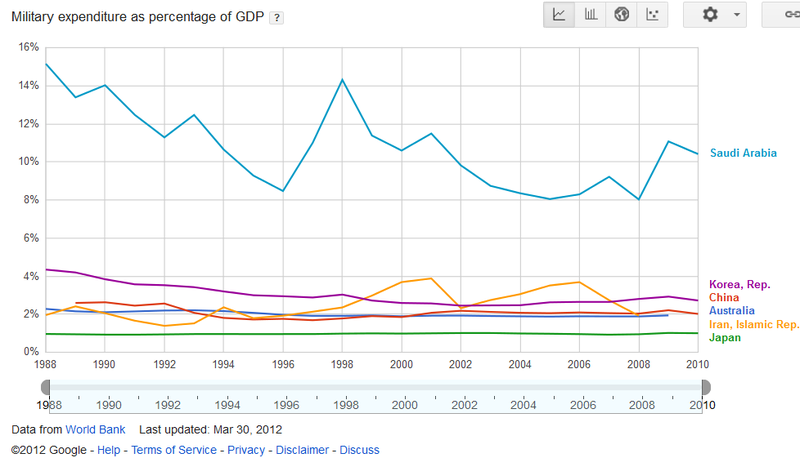Arabian Legend
SENIOR MEMBER

- Joined
- Mar 7, 2012
- Messages
- 5,155
- Reaction score
- 9
- Country
- Location

Quick Sales Summary

US Foreign Military Sale requests are required to be fairly public, beginning with US Department of State DSCA announcements. Even so, some contract disclosures and clarification can require the permission of the customer, and Saudi Arabias preference is not to give that. As such, items whose orders have not been publicly announced may be farther along in the process than the above chart indicates.
As noted above, the Saudis are upgrading their air and missile defenses using American equipment, but that effort is covered in-depth in a separate article that looks at the entire Gulf Co-operation Councils air and ballistic missile defense improvements. See Gulf States Requesting ABM-Capable Systems.
Note that this dashboard does not cover American contracts that began before 2010, such as Saudi Arabias drive to upgrade its M1 tanks, or various Saudi Arabia National Guard sales initiated before the big October 2010 request. It also omits sales to Saudi Arabia from outside the USA, such as S-2000 AWACS aircraft from Sweden, advanced Eurofighter Typhoon fighters from Britain, etc.

April 13/12: F-15SAs, Recon. Recent United Technologies acquisition Goodrich Corp. in Westford, ME received an $183 million firm-fixed-price unfinalized letter contract for DB-110 pods, support equipment, and contractor logistic support for the Foreign Military Sales F-15 Modernization Program. No official confirmation yet, but the Saudis have the current FMS F-15 modernization program. Their Oct 20/10 DSCA request included 10 DB-110 Reconnaissance Pods.
Work will be performed in Westford, ME, and is expected to be complete by July 31/22. The ASC/WINK at Wright-Patterson AFB, OH, is acting as the agent for this contract (FA8620-12-C-4020).
April 9/12: F-15SA. Rockwell Collins, Inc. in Cedar Rapids, IA receives a $14.5 million firm-fixed-price contract modification, exercising an option for 168 RT-1851A-C / ARC receiver-transmitters (including royalty fees) for the government of Saudi Arabia under the Foreign Military Sales program. Note that the ARC-210 radio system uses 2 RT-1851s, whose Bandwidth Efficient Advanced Modulation (BEAM) Line of sight technology enables higher data rates.
AN/ARC-210 Talon radios can handle both voice and data, and can include jam-resistant and SATCOM modules. They are used by a number of platforms, including the F-15. Since 168 of these R-Ts would equip 84 aircraft, this order seems to be destined for Saudi Arabias new-build F-15SAs.
Work will be performed in Cedar Rapids, Iowa, and is expected to be completed in December 2013. Contract funds will not expire at the end of the current fiscal year. The Naval Air Systems Command, Patuxent River, MD, is the contracting activity (N00019-09-C-0069).
March 30/12: A $97.1 million firm-fixed-price, fixed-price-incentive-firm target contract modification, buying AIM-9X Sidewinder short range air-to-air missiles for South Korea and Saudi Arabia. The Saudi order is $85.3 million, or 87.85%of the total, for 120 AIM-9X Block II All Up Round tactical missiles in containers; 42 more containers; and 33 Block II captive air training missiles with no motor or warhead. Read Raytheons Lot-12 AIM-9X Missile Orders for full coverage.
April 2/12: F-15S Sniper pods & Tiger Eyes. Lockheed Martin Missiles and Fire Control in Orlando, FL receives a $410.6 million firm-fixed-price contract for 95 sniper advanced targeting pod and spares; 35 compact multiband data links; 70 infrared search and track (IRST) systems and spares; 75 IRST pylons; and data, in support of the Royal Saudi Air Force F-15S to F-15SA conversion. The F-15S already uses LANTIRN, and both of these systems offer considerable improvements over that existing gear. The 2 systems can even be combined, via a single underbody pylon that contains the Tiger Eyes and mounts the Sniper pod.
Lockheed Martins Sniper pod offers pilots advanced day/night ground surveillance and laser or GPS targeting. The version offered is not clear; the most recent variant is the USAFs new Sniper-SE.
Lockheed Martins Tiger Eyes IRST is also a long-range surveillance tool, but one focused on heat emissions from aircraft. That gives fighters a non-radar surveillance option, which is useful on a tactical level and offers options against stealth aircraft. As a side benefit, Tiger Eyes provides classic LANTIRN capabilities like terrain following, and all-weather navigation. Work is to be completed by Nov 31/17. The Warner Robins Air Logistics Center at Robins AFB, GA manages this contract on behalf of its Saudi FMS client (FA8540-12-C-0012).
April 2/12: F-15S EW. BAE Systems in Nashua, NH received a $366.5 million firm-fixed-price contract for 70 Digital Electronic Warfare Systems (DEWS) and Common Missile Warning Systems (CMWS) and spares; 3 DEWS/CMWS test stations and associated spares; and data. This effort is in support of the Royal Saudi Air Force F-15S to F-15SA conversion, and will improve the planes ability to be aware of and counter enemy radar threats. DEWS was picked by Boeing in 2008, as its future F-15 EW offering.
Work will be performed in Nashua, NH Work is to be complete by Nov 31/18. The Warner Robins Air Logistics Center at Robins AFB, GA manages this contract on behalf of its Saudi FMS client (FA8540-12-C-0013). See also BAE release.
March 8/12: F-15SA contract. Following the December 2011 $29.4B LOA, a $11.4B firm-fixed-price, cost-plus-fixed-fee, time-and-materials procurement contract for 84 new planes, as well as some related development work. This is a subset of what the LOA covers since there are also retrofits on 70 existing planes, weapons and support services in the overall package. Work will be done at El Segundo, CA, Ocala, FL., and Cedar Rapids, IO, with an expected completion date set to October 2020. ASC/WWQ, Wright-Patterson Air Force Base, OH, is the contracting activity (FA8634-12-C-2651) on behalf of the Kingdom.
Feb 13/12: SANG AH-6is. Boeing representatives tell reporters that Saudi Arabia signed a Letter of Agreement for 36 AH-6i light scout and attack helicopters a few weeks ago. The AH-6i were part of the Oct 20/10 DSCA request for its National Guard, and the next step involves negotiations on price and delivery schedules. If those are completed, it isnt clear whether Saudi Arabia would be the types 1st customer. A Rotor & Wing report says that:
Tilton can also see further military riches on the horizon as Boeing pushes the AH-6i into the world market as a mini-Apache with attitude. There is a first order of 24 aircraft with more to follow.
The other country that has been publicly associated with the AH-6i is Jordan, who reportedly signed a Letter of Intent in 2010. Defense News | Rotor & Wing.
Jan 5/12: SANG AH-64s. Lockheed Martin Missiles and Fire Control in Orlando, FL received a $66.6 million firm-fixed-price and cost-plus-fixed-fee contract. The award will provide for the procurement of AH-64D Apache M-TDAS/PNVS (Arrowhead) systems and spares for the Saudi Arabia National Guard. Work will be performed in Orlando, FL, with an estimated completion date of March 31/15. One bid was solicited, with 1 bid received by US Army Contracting Command in Redstone Arsenal, AL as the Saudis FMS agent (W58RGZ-11-C-0120).
This is one of several ancillary contracts supporting reports that Saudi Arabia has signed a deal to buy AH-64D Longbow Block III helicopters. That deal wasnt announced publicly, so it isnt clear if other services may be covered. Beyond the SANGs interest in buying 36 Apache Longbow Block IIIs, the Royal Guard wanted 10, and the regular Army wanted to add 24 Block IIIs to its existing fleet of 12 Block IIs. See the Oct 20/10 DSCA request for more.
2011

Dec 24/11: F-15SA Contract. Saudi Arabia signs a $29.4 billion Letter of Acceptance to buy 85 new F-15SA Strike Eagle fighters, upgrade 70 existing F-15S Strike Eagles, purchase all of the accompanying weapons named in the fighters Oct 20/10 DSCA request, and pay for support work and 10 years of training. Much of the Saudi training in the F-15SA will occur alongside U.S. forces, and approximately 5,500 Saudi personnel are expected to be trained through 2019. They expect upgrades of the F-15S to the F-15SA configuration to start rolling out in 2014, and 1st delivery of new-build F-15SAs in early 2015.
The additional work is expected to keep Boeings F-15 line open until at least 2017 or so, along with 600 suppliers in 44 states. Big winners include Raytheon (radar, many weapons), and GE Aircraft Engines. While the State Department briefing would not answer the question of which engine the fighters would use, the DSCA request was clear: GEs F110-GE-129 IPE. It will also create work in Saudi Arabia, as some of the F-15S upgrade work, and some structural sub-assembly fabrication, will be handled through the Alsalam Aircraft Company.
An Aviation Week report adds that Saudi Arabia had previously signed a Letter of Agreement for the 36 AH-64D Apache Longbow attack helicopters it requested on Oct 20/11. That would make 2 components worth over half of the $60 billion mega-deal under contract, plus a major upgrade of the kingdoms PATRIOT missile system on the side, in the space of just over a year beyond the DSCA announcement. Boeing | US White House | US State Dept. Briefing | Aviation Week | BBC | Bloomberg | Defense News | St. Louis Today | Flight International DEW Line.
Dec 20/11: LAVs. GDLS SVP for international operations, Dr. Sridhar Sridharan, announces that U.S. Army TACOM Life Cycle Management Command has awarded a $126 million contract modification for 73 more Light Armored Vehicles (LAVs) for a Foreign Military Sale (FMS). The release adds that: With this latest contract modification, the original contract, announced on January 4, 2011, is now valued at USD$264 million for 155 LAVs.
Vehicles provided under this contract will be the 300hp, 8×8 LAV II, with a base gross vehicle weight of up to 32,000 pounds/ 14,500 kg. The vehicles will be produced in 6 different variants, which matches all numbers and information from the June 13/11 DSCA request.
Since the LAVs are made in London, ON, Canada, the contract was signed through the Canadian Commercial Corporation, the Canadian governments Crown Agency for military exports.
Nov 10/11: Aviation Weeks Robert Wall writes that some observers are beginning to doubt whether the huge 2010 arms request will become a deal in time. Boeing has already spent money to avoid an F-15 production gap, and thats the portion of the deal with the greatest need for a signed contract.
It would not be the first time a Saudi DSCA request has failed to become a signed deal, but the size and scope creates its own financing issues, even as it raises expectations and scrutiny. Unfortunately, at this point, all he can say is that uncertainty exists, not why it exists, or how deep it is.
Sept 19/11: Artillery. The US Defense Security Cooperation Agency announces Saudi Arabias formal request for up to $886 million of equipment to augment the Kingdom of Saudi Arabias existing light artillery capabilities. The Royal Saudi Land Forces already have towed 155mm and 105mm howitzers and support vehicles and systems, but the 105mm M119A2 and lightweight 155mm M777A2 would be an upgrade over the Royal Saudi Land Forces existing M102 105mm guns. The Saudis are also looking to buy C3 systems, artillery locating radars, and Humvees as part of this buy.
Sept 7/11: AH-64s. Lockheed Martin Missiles and Fire Control in Orlando, FL receives a $15.3 million firm-fixed-price contract modification, buying M-TADS/PVNS Arrowhead surveillance and targeting turrets for Saudi Arabias AH-64D helicopters. This could be an upgrade to existing helicopters, or part of the new aircraft order.
Work will be performed in Orlando, FL, with an estimated completion date of Nov 30/13. One bid was solicited, with one bid received, by U.S. Army Contracting Command at Redstone Arsenal, AL (W58RGZ-06-C-0169).
June 13/11: LAVs. The US DSCA announces [PDF] Saudi Arabias formal request to buy up to 73 LAV wheeled armored vehicles, plus additional equipment. The force within Saudi Arabia requesting them is not named, unlike other DSCA releases. Saudi Arabias National Guard also requested 82 LAVs on the same day, but this is separate request, implying a separate customer within Saudi Arabia. LAVs havent traditionally been part of the RSLFs American-equipped divisions, but an Oct 4/07 DSCA request [PDF] for 126 LAVs and other vehicles confirmed that Saudi Arabia has been thinking along these lines:
The Light Armored Vehicle is the primary combat vehicle of the Saudi Arabian National Guard (SANG). This proposed procurement by the Royal Saudi land forces will promote interoperability between the SANG and Ministry of Defense and Aviation.
Absent any other matching DSCA requests since 2001, its possible that the releases noted Jan 4/11 contract for 82 LAVs was a partial fulfillment of that 2007 request but its exact match remains unclear. The 2011 DSCA request also repeats a justification from that notice:
The proposed sale of Light Armored Vehicles will provide a highly mobile, light combat vehicle capability enabling Saudi Arabia to rapidly identify, engage, and defeat perimeter security threats and readily employ counter- and anti-terrorism measures. The vehicles will enhance the stability and security operations for boundaries and territorial areas encompassing the Arabian Peninsula.
This sale is worth up to $263 million, but that will depend on the contract details, if one is negotiated after the 30-day blocking period expires in Congress. Requested items include:
14 standard LAV wheeled armored personnel carriers
23 LAV-25s, with 25mm cannon turrets
20 LAV-ATs, whose pop-up turrets carry BGM-71 TOW missiles
4 LAV-A Ambulances
3 LAV-R Recovery Vehicles, which can tow or winch other vehicles out of trouble
9 LAV-C2 Command and Control Vehicles
Vehicle accessories
Driver vision enhancers
Sight bore optical sets
Improved Thermal Sight Systems (ITSS) and Modified Improved TOW Acquisition Systems (MITAS), where applicable
Defense Advanced Global Positioning System Receivers
M257 Smoke Grenade Launchers
AN/USQ-159 Camouflage Net Sets
Other Accessories
155 AN/PVS-7B night vision goggles
M2A2 Aiming Circles, compasses, plotting boards, reeling machines, , telescopes
switchboards, spare and repair parts, support and test equipment, personnel training and training equipment, publications and technical documentation, and U.S. Government and contractor support.
The prime contractors will be General Dynamics Land Systems in Sterling Heights, Michigan (LAVs) and Raytheon in Tucson, AZ (LAV-AT weapons etc.). Implementation of this proposed sale may require the assignment of approximately 5 additional U.S. Government and 10 contractor representatives through at least 2014. The requirement for support personnel in-country suggests that theyre going to a branch that does not already employ LAVs. Possibilities include the Royal Guard, or use by Army Military Police/ Air Force/ Navy forces in a rapid response security role.
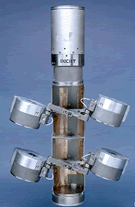
June 13/11: Bombs. The US DSCA announces [PDF] Saudi Arabias formal request to buy up to 404 GPS-guided CBU-105D/B WCMD Sensor Fuzed Weapons, 28 CBU-105 Integration test assets, containers, spare and repair parts, support and test equipment, personnel training and training equipment, publications and technical documentation, and U.S. Government and contractor support. The prime contractor will be Textron Systems Corporation of Wilmington, MA, and the estimated cost is up to $355 million. Implementation of this proposed sale will require annual trips to Saudi Arabia involving up to 2 U.S. Government and 3 Textron representatives for technical reviews/support, and program management for a period of approximately 2 years.
WCMD is a GPS-guidance tail kit for cluster bombs, similar to JDAM, and bombs equipped with them take on new designations. The base CBU-97 Sensor Fuzed Weapon bomb body contains BLU-108 submunition cylinders, each of which carries explosive projectiles that look like cans of tuna. If their millimeter-wave sensor detects sizable objects below after release from the bomb body, a shaped charge fires, forming a metal slug that drives down through armor. If the projectiles dont find a target, 3 safety modes will deactivate them. Thats why DSCA can say After arming, the CBU-105D/B Sensor Fuzed Weapon will not result in more than one percent unexploded ordnance across the range of intended operational environments. Other countries in the region already use WCMDs, including Oman. DSCA adds that:
Saudi Arabia intends to use Sensor Fused Weapons to modernize its armed forces and enhance its capability to defeat a wide range of defensive threats, to include: strongpoints, bunkers, and dug-in facilities; armored and semi-armored vehicles; personnel; and certain maritime threats . The agreement applicable to the transfer or the CBU-105D/B and the CBU-105 integration test assets will contain an agreement of the Government of Saudi Arabia that the cluster munitions and cluster munitions technology will be used only against clearly defined military targets and will not be used where civilians are known to be present or in areas normally inhabited by civilians.
The target list is interesting, since CBU-105s, unlike some of their WCMD cousins, are not primarily anti-personnel weapons unless the target is riding in a truck or something. It could certainly be a deadly way of taking out a small truck convoy of AQAP types, and might be equally effective against some fast boat swarms. See also the Oct 20/10 DSCA request, for 1,300 CBU-105/Bs.
March 18/11: Amidst an environment of widespread unrest in the Arab world, including the invited intervention of Saudi troops to quell protests in Bahrain, Saudi Arabias King Abdullah returns from 3 months of medical treatment, and announces nearly $100 billion in spending. Even with the ability to pump more oil, Saudi finances have limitations, and a program worth over 20% of 2010 GDP, or 56% of the states FY 2010 budget, can hardly help but impact military spending plans.
The initiative includes 60,000 more military and security jobs to beef up the Interior Ministry, a large number of promotions for soldiers and officers, boost in salaries for all public sector workers including the military; and an announcement of massive social benefits for the populace at large, including unemployment payments, better health care and improved housing services. The Saudi private sector is reportedly less than happy about its exclusion from pay raises but then, if the government could offer them pay raises, would it really be the private sector? Arab News | Zawya. Political concept: rentier state.
March 14/11: Link-16. The new Link-16 capability for Saudi Arabias F-15 fleets is a significant development, but it comes with a corresponding need for training. Tactical Communications Group, LLC announces that it has deployed a Link-16 Ground Support System (GSS) at 4 Royal Saudi Air Force (RSAF) airbases, to provide a training and simulation environment for Live, Virtual, and Constructive training in the RSAF F-15 fleets growing Link-16 capabilities.
TCG, LLC installed the units and trained on-site RSAF Personnel to provide live operations and training, under a USAF NETCENTS held by General Dynamics Information Technology. The firm describes it as the first of several Foreign Military Sales (FMS) awards for the U.S. Governments data link Ground Support System (GSS) which teams General Dynamics Information Technology and TCGs GSS.

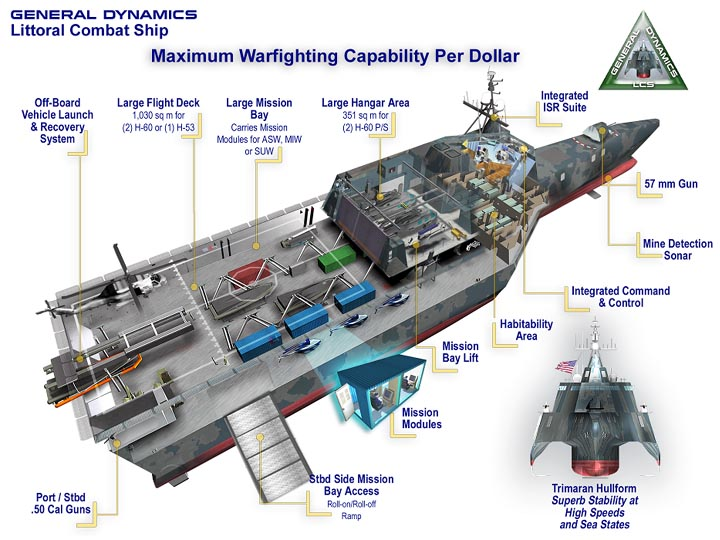

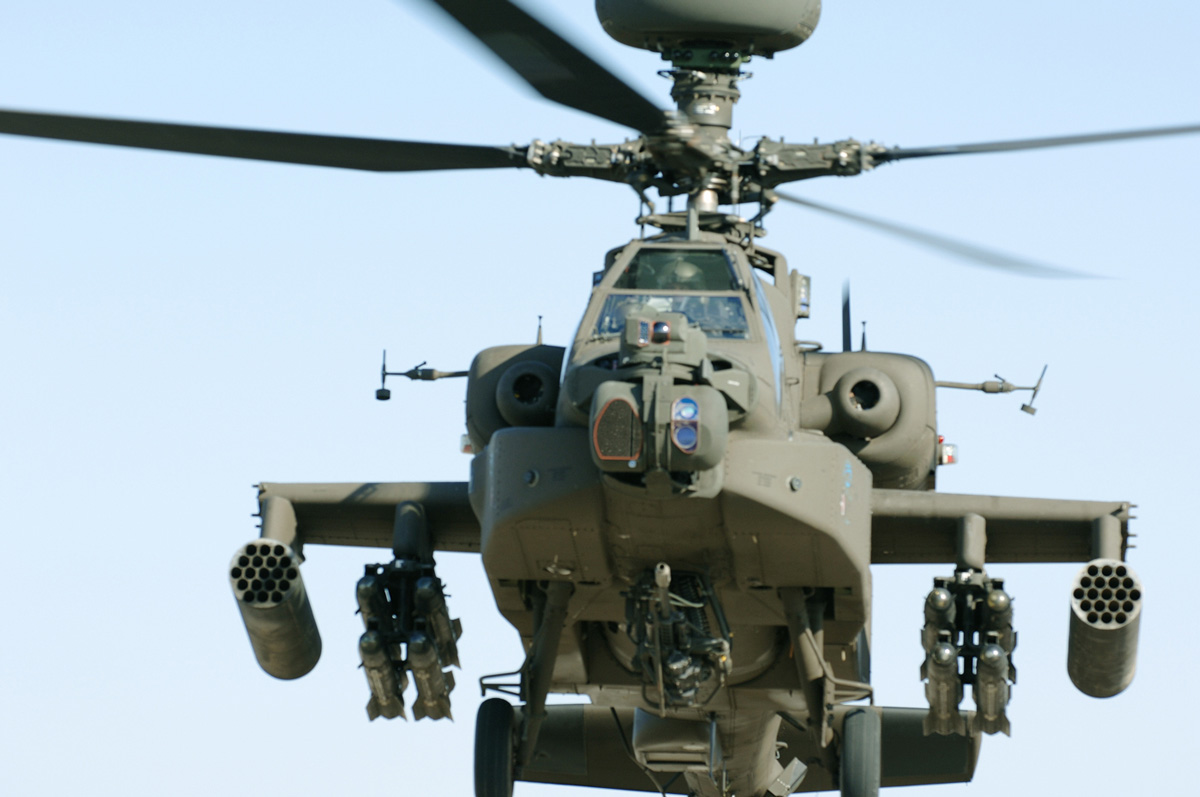
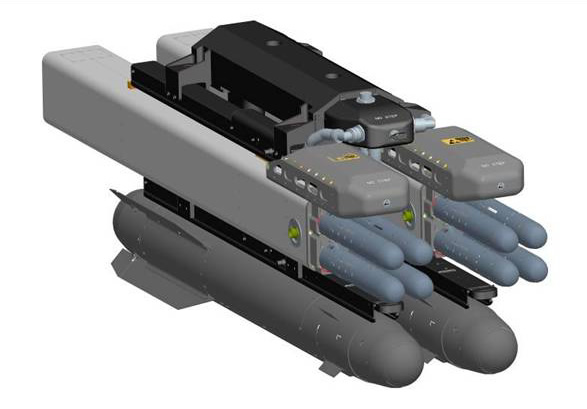
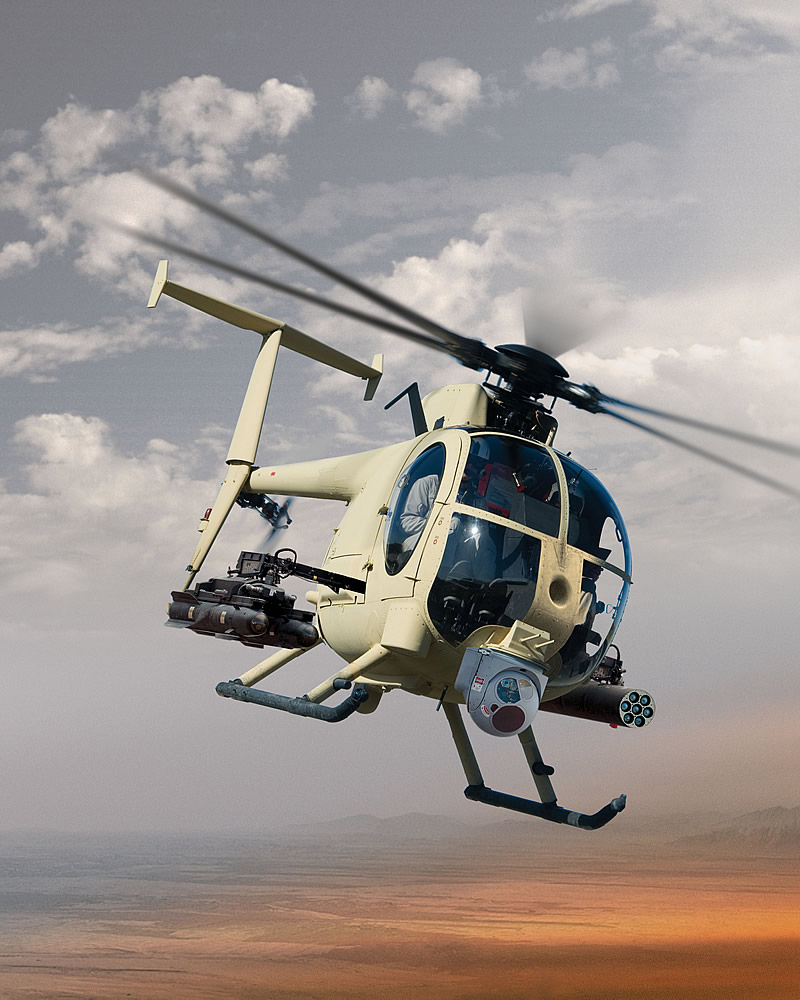
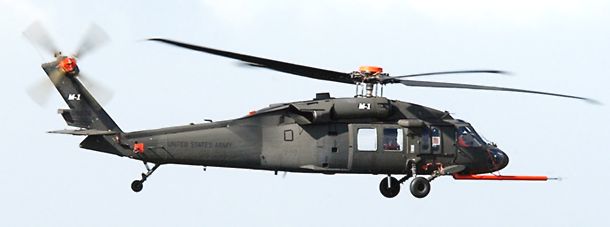



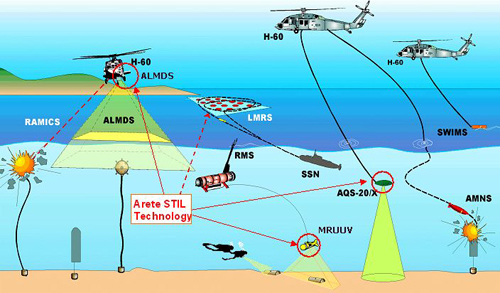

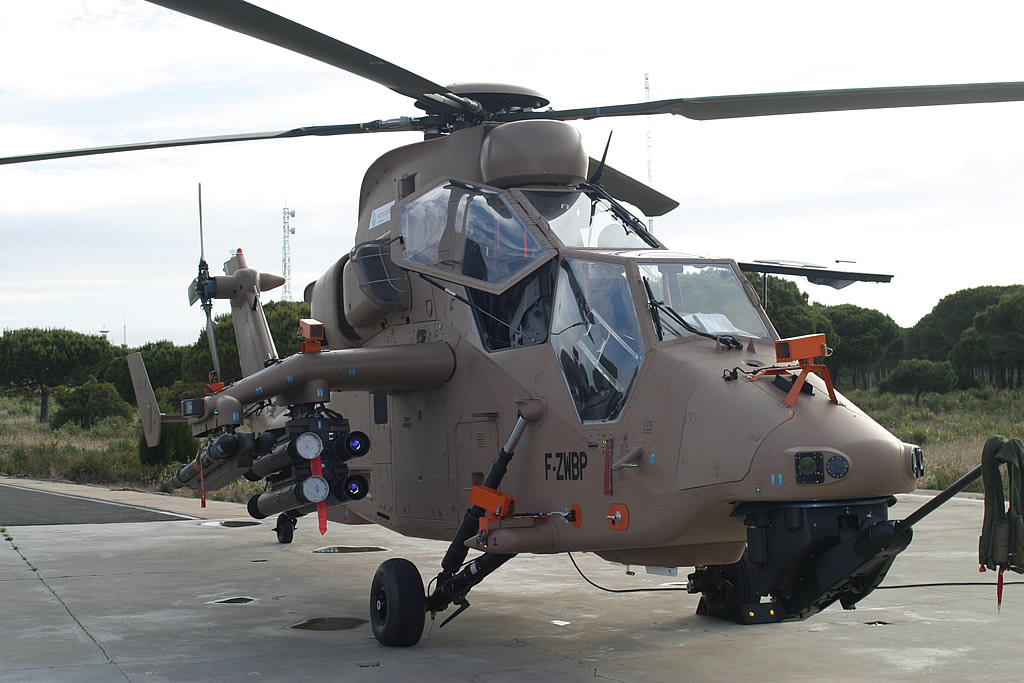






 boring.
boring.


